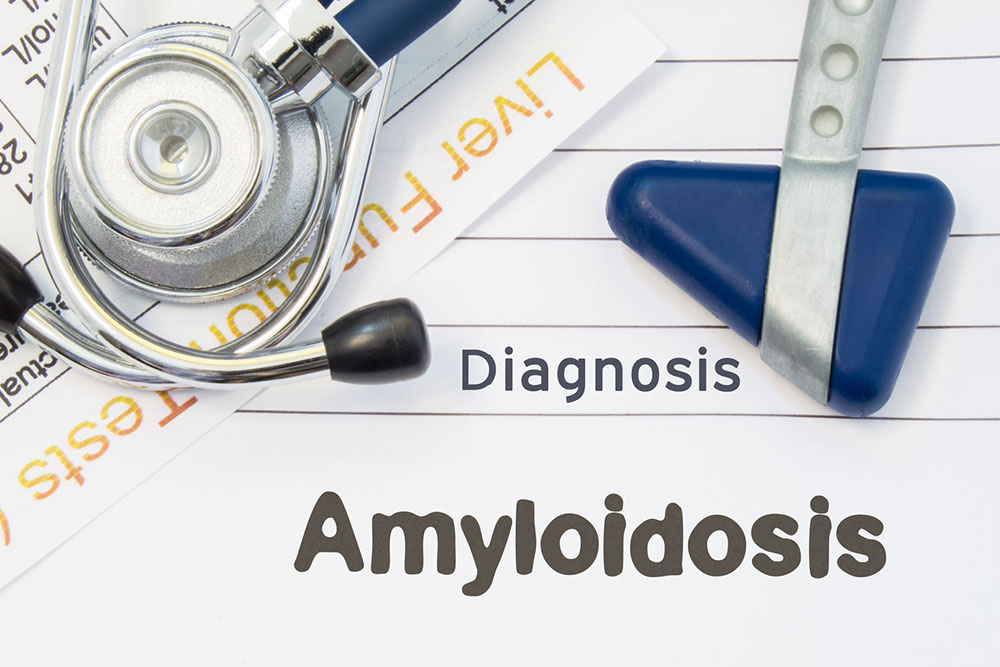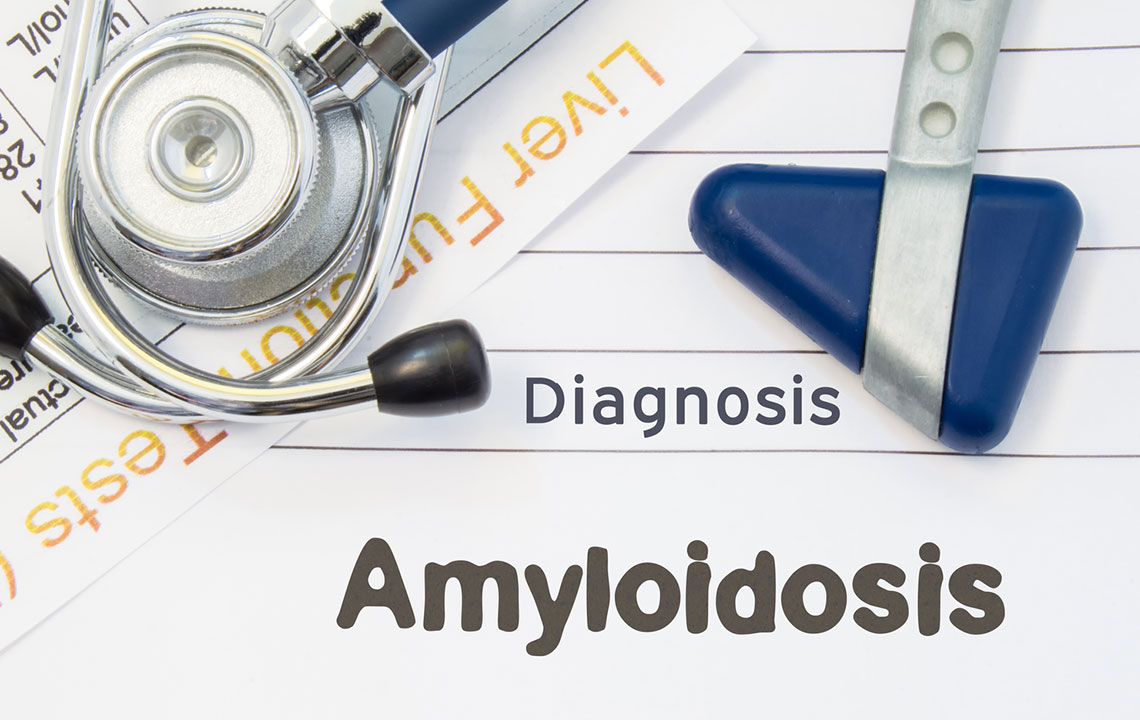Understanding hATTR Amyloidosis: Causes, Symptoms, and Treatment Options
hATTR amyloidosis is a hereditary disease caused by gene mutations leading to abnormal protein deposits. Symptoms vary widely and include nerve, heart, and autonomic issues. Treatment options include liver transplants, FDA-approved drugs like tafamidis, patisiran, and inotersen, along with emerging therapies such as gene-silencing approaches, stabilizers, and immunotherapies. Early diagnosis and management are crucial to slowing disease progression and improving quality of life.

Understanding hATTR Amyloidosis: Causes, Symptoms, and Treatment Options
Approximately 50,000 individuals worldwide are affected by hATTR amyloidosis, a hereditary condition inherited in an autosomal dominant pattern. This means an individual has a high chance of developing the disease if one parent carries the affected gene.
What causes hATTR amyloidosis?
This condition results from abnormal protein buildup called amyloid fibrils in organs and tissues, disrupting their structure and function.
It is classified as one of six types of amyloidosis, specifically hereditary ATTR or hATTR amyloidosis.
hATTR occurs due to a genetic mutation affecting the transthyretin (TTR) protein, primarily produced in the liver. The mutation causes TTR to misfold, leading to deposits in the nervous system, heart, and gastrointestinal tract. These deposits cause disease symptoms, which are often permanent. Most treatments aim to control TTR buildup and manage symptoms.
Signs and symptoms
Symptoms vary widely among individuals, even within families. They typically appear between ages 20 and 60 and depend on which organs are affected:
Nervous system: Numbness, tingling, carpal tunnel syndrome, burning pain, temperature sensitivity loss, weakness.
Heart: Fatigue, dizziness, shortness of breath, swelling in Legs, chest pain, abnormal heart rhythms, palpitations.
Autonomic nervous system: Urinary issues, excessive sweating, dizziness when standing, sexual dysfunction, nausea, vomiting, constipation, weight loss.
Additional symptoms include vision problems, glaucoma, memory decline, headaches, seizures, kidney issues, strokes, and blood vessel or pupil anomalies.
Available treatments
While no cure exists yet, recent advancements include FDA-approved drugs and therapies that reduce TTR production and control symptoms:
Liver transplant: Replacing the liver can decrease TTR production, especially effective if performed early. Limitations include organ availability, surgical risks, ongoing immunosuppression, and costs.
FDA-approved medications: In 2018, Onpattro (patisiran) and Tegsedi (inotersen) gained approval for peripheral nerve symptoms, with Vyndaqel (tafamidis) approved in 2019 for cardiac problems. These drugs aim to halt or reverse disease progression.
Emerging therapies: Research focuses on TTR production suppression via RNA-based treatments, stabilizing TTR to prevent misfolding, and immunotherapy using monoclonal antibodies to clear deposits. These promising options are currently in clinical trials.









